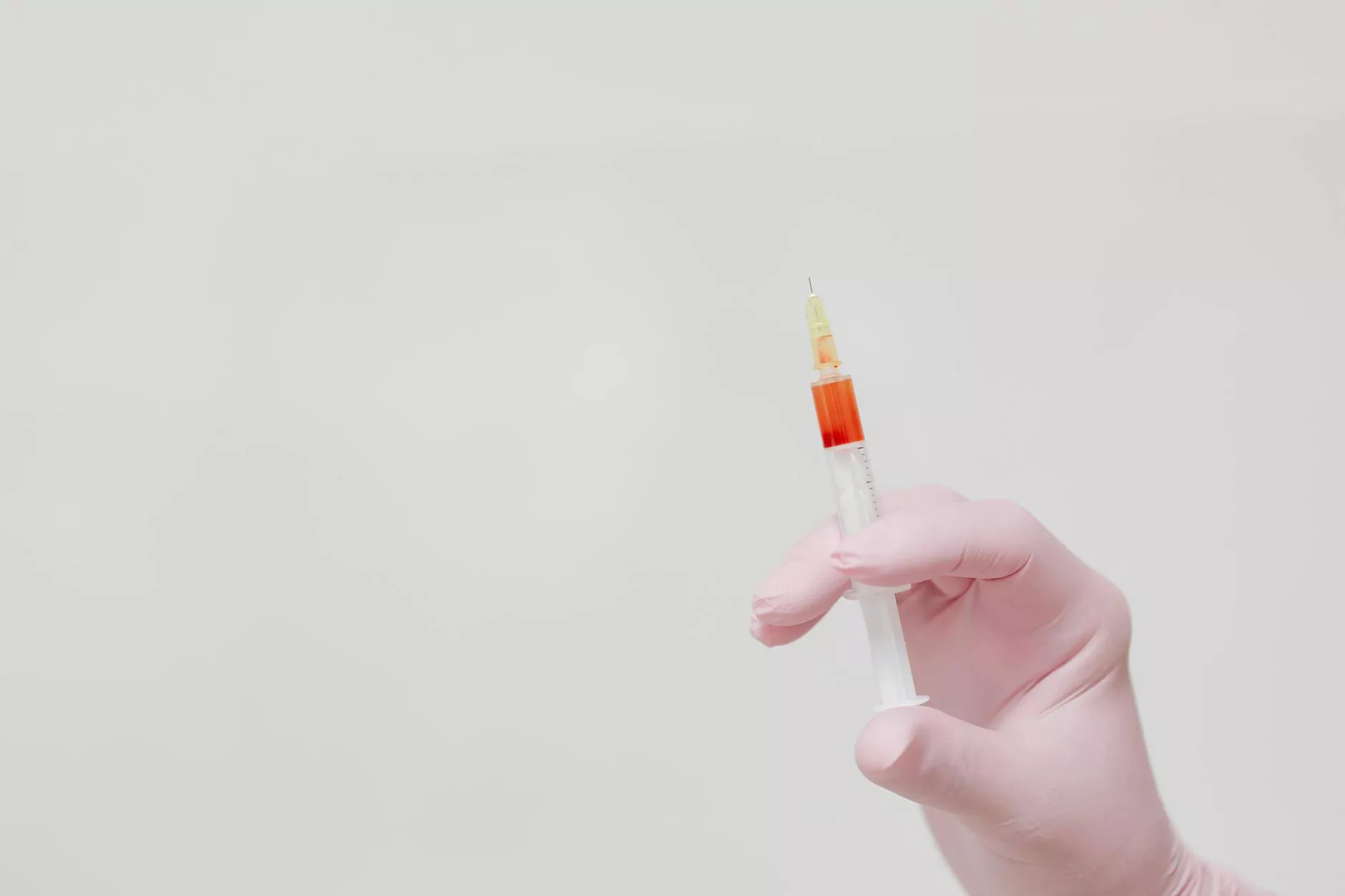Ultimate Guide on How to Inject Yourself with Semaglutide

In recent years, semaglutide has gained widespread recognition as a groundbreaking medication in the field of weight management and diabetes treatment. Its effectiveness in promoting weight loss and improving metabolic health has made it a popular choice among healthcare providers and patients alike. However, understanding how to inject yourself with semaglutide safely and correctly is crucial for maximizing its benefits while minimizing potential risks.
What Is Semaglutide and Why Is It Used?
Semaglutide is a glucagon-like peptide-1 (GLP-1) receptor agonist that mimics a natural hormone involved in blood sugar regulation and appetite control. Originally developed for managing type 2 diabetes, semaglutide showed impressive results in weight loss, leading to its approval for this purpose under specific regimens.
Patients using semaglutide often observe significant weight reductions, improved glycemic control, and decreased appetite, making it a preferred therapeutic option for individuals struggling with obesity or metabolic syndrome. Its once-weekly injectable format offers convenience, but proper self-administration techniques are vital for safe and effective results.
Understanding the Importance of Proper Injection Technique
Mastering the correct method of administering semaglutide yourself isn’t merely about convenience—it's a health necessity. Incorrect injection practices can lead to issues such as infection, improper absorption, or inconsistent dosing, all of which can compromise treatment outcomes.
From choosing the right injection site to maintaining hygiene standards, every detail influences the therapy’s success. This comprehensive guide aims to equip you with all the necessary knowledge for safe self-injection, ensuring optimal efficacy and safety.
Step-by-Step Guide on How to Inject Yourself with Semaglutide
Preparation Phase
- Consult Your Healthcare Provider: Before initiating self-injection, discuss your intention thoroughly with your doctor to understand the dosage, injection frequency, and any potential contraindications.
- Gather Supplies: Ensure you have all necessary materials, including semaglutide pens, alcohol swabs, sterile needles (if required), gloves, and disposal containers.
- Ensure Proper Storage: Semaglutide should be stored as per your healthcare provider’s instructions, typically refrigerated between 2°C and 8°C. Before use, allow the medication to reach room temperature to reduce discomfort upon injection.
- Wash Hands Thoroughly: Hands should be washed with soap and water for at least 20 seconds to eliminate bacteria.
Preparing the Injection Site
Choosing the correct injection site and preparing it properly are essential steps:
- Injection Site Selection: Common sites include the abdomen (avoiding the navel), thigh, or upper arm. Rotate sites regularly to prevent tissue buildup or scarring.
- Clean the Area: Use an alcohol swab to thoroughly disinfect the chosen site, allowing it to dry completely before injection.
- Inspect the Medication: Check the semaglutide pen for any discoloration or particles. Do not use if the medication appears abnormal.
Performing the Injection
The actual injection process involves several precise steps:
- Prepare the Pen: Attach a new, sterile needle if not pre-attached. Prime the pen by dialing a small dose to eject air bubbles and ensure proper medication flow.
- Set the Dose: Dial the prescribed dose as per your healthcare provider’s instructions.
- Pinch the Skin: Gently pinch a fold of skin at the prepared site to facilitate subcutaneous injection, especially in areas with thicker tissue.
- Insert the Needle: Hold the pen perpendicular to the skin and insert the needle fully into the subcutaneous tissue.
- Inject the Medication: Press the plunger button slowly and steadily until the dose is completely delivered.
- Remove and Dispose: Remove the needle carefully and dispose of it into a designated sharps container.
Post-Injection Care
- Apply Gentle Pressure: Use a sterile swab or tissue to gently apply pressure at the injection site if bleeding occurs.
- Observe for Reactions: Watch for any signs of adverse reactions such as redness, swelling, or pain at the site.
- Record the Dose: Keep a record of your injections including date, time, and site to ensure proper rotation and adherence to schedules.
- Follow Storage Guidelines: Store the medication properly between uses, maintaining cold chain storage as necessary.
Safety Tips for Self-Injecting Semaglutide
- Always Use Sterile Equipment: Do not reuse needles or syringes. Use new sterile components for each injection.
- Maintain Hygiene: Regular handwashing and skin disinfection help prevent infections.
- Understand Your Dosage: Never alter doses without consulting your healthcare professional.
- Recognize Side Effects: Be aware of possible side effects such as nausea, gastrointestinal discomfort, or injection site reactions, and report any severe symptoms to your doctor immediately.
- Do Not Rush: Take your time to ensure correct technique, reducing the risk of mishandling or injury.
Common Mistakes to Avoid When Injecting Semaglutide
- Skipping Rotation of Injection Sites: Consistently injecting in the same spot can cause tissue damage.
- Incorrect Storage: Storing medication improperly can degrade its effectiveness.
- Using Damaged Needles or Pens: Always inspect your equipment before use to avoid injury or contamination.
- Rushing the Injection: Precision and patience are vital for safe self-administration.
- Ignoring Medical Advice: Always adhere to the prescribed dosing schedule and consult your healthcare provider regularly.
Additional Resources and Support
If you are inexperienced or uncertain about the process, seek assistance from healthcare professionals such as licensed nutritionists or pharmacists. Many pharmacies offer training sessions on self-injection techniques, which can be invaluable in building your confidence.
Online communities and patient support groups can also provide tips, encouragement, and shared experiences to help you stay motivated and informed.
Understanding the Role of Nutritionists and Pharmacists in Your Semaglutide Journey
Working closely with qualified nutritionists and pharmacists ensures your treatment plan is tailored to your specific health needs. They can help you:
- Determine the appropriate dosing schedule
- Address potential interactions with other medications
- Provide comprehensive education on self-injection techniques
- Monitor your progress and make necessary adjustments
- Guide you on complementary lifestyle modifications such as diet and physical activity
Conclusion: Empowering Your Weight Management with Confidence and Knowledge
Mastering how to inject yourself with semaglutide is an empowering step in your health journey. Proper technique, hygiene, and adherence to medical advice are the pillars of safe and successful self-injection. Remember, your healthcare team is your partner in this process—they can provide support, answer questions, and help you achieve your health goals.
With the right knowledge and diligent practice, you can confidently manage your treatment, experience the benefits of semaglutide, and take control of your health and well-being. Always prioritize safety, stay informed, and consult professionals whenever necessary—your health is worth it.









